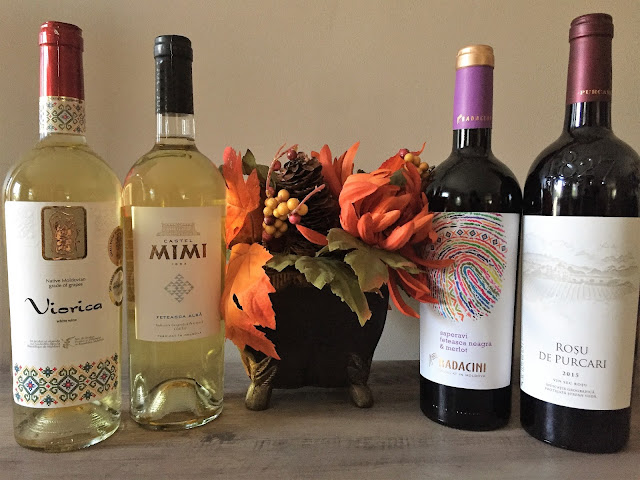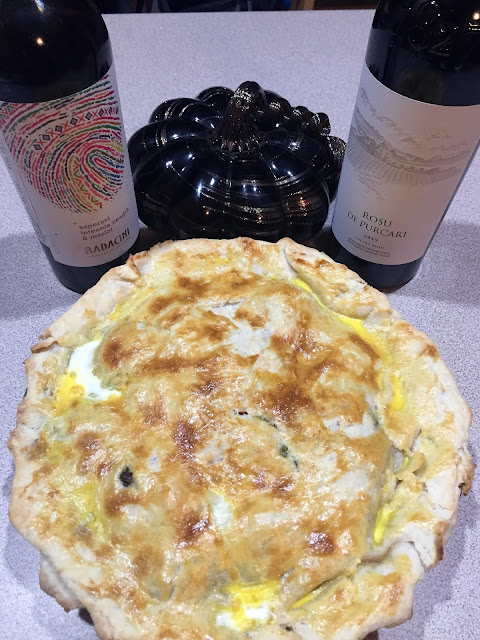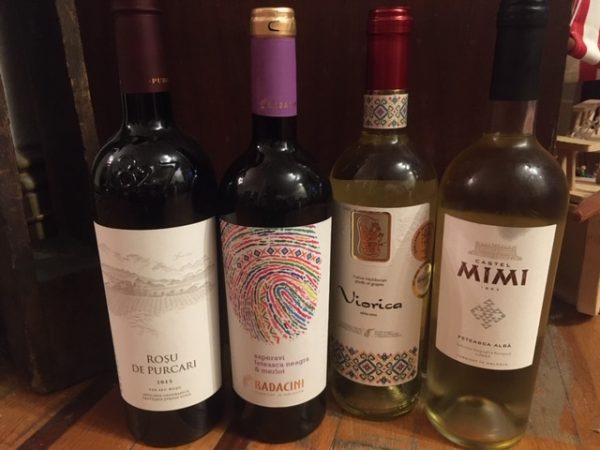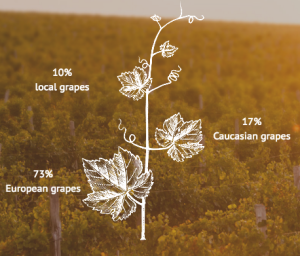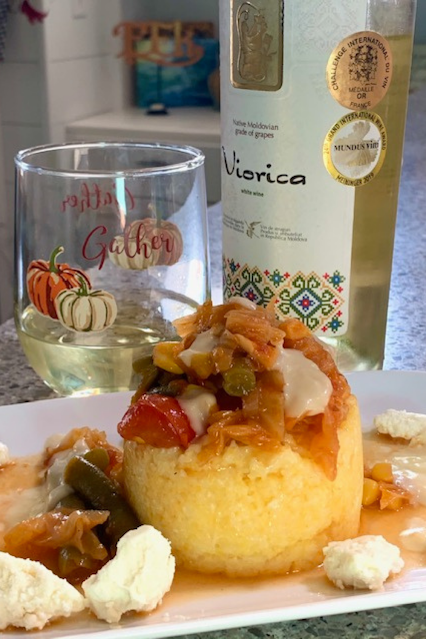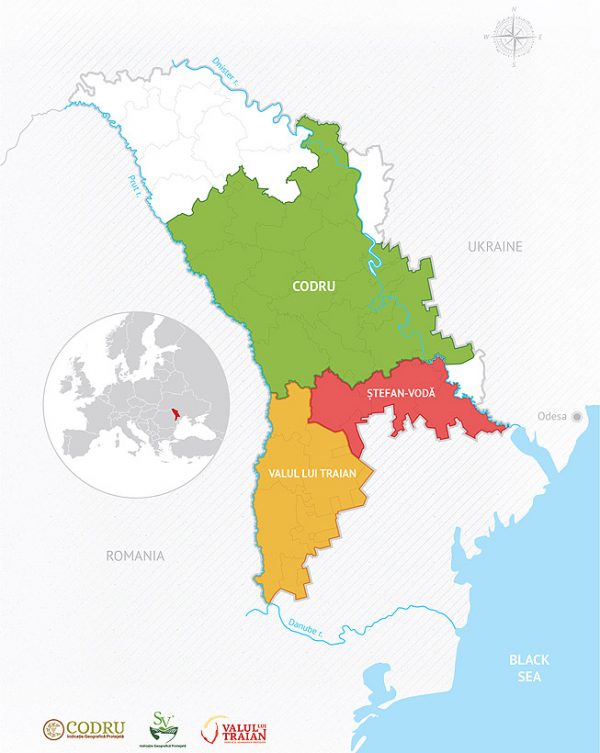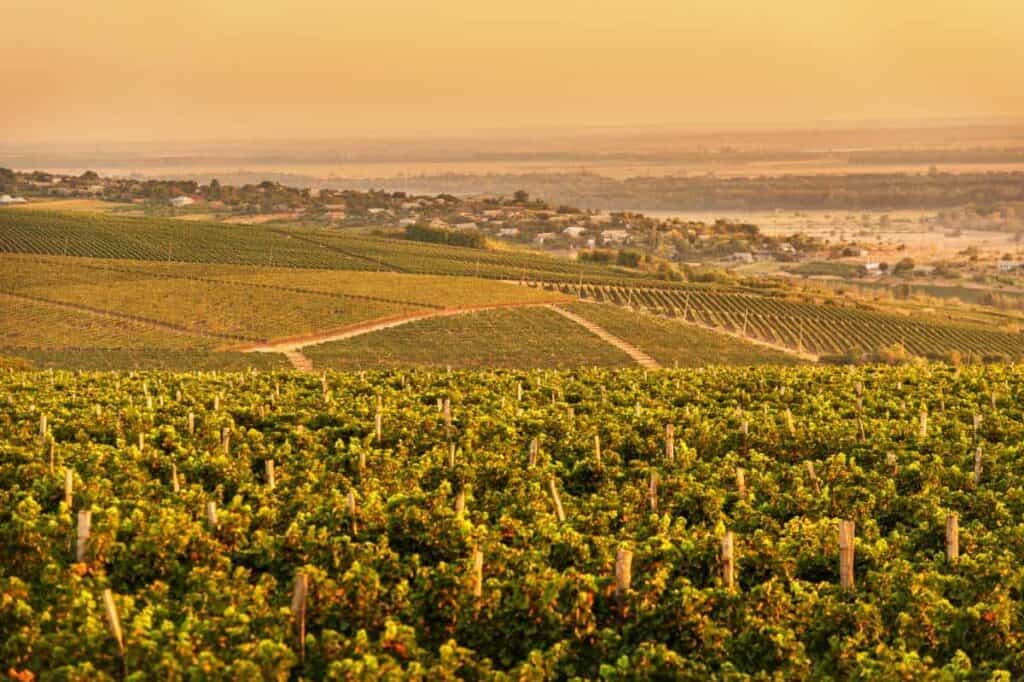Eye Openers to the Wines of Moldova
Daria 2020-10-30T14:55:05-05:00I recently tried my first wines from Moldova back in July of this year. I was excited to get a second opportunity to taste more when our newly established group of familiar faces at #WorldWineTravel will be venturing off to explore wine from all over the world. I have a feeling there will many more firsts to come for myself and I look forward to taking you with me on this journey.
If you’re like I was a couple months ago you may have been scratching your head wondering where exactly Moldova is. It is after all the smallest country in Europe so it’s no surprise that you probably can’t pinpoint it’s location. It’s landlocked in South Eastern Europe between Romania and the Ukraine with close proximity to the Black Sea.
It’s a wonder many of us aren’t familiar with wines from Moldova as their wine history dates as far back as 3000 B.C. The Republic of Moldova actually has the highest density of vineyards in the world. Seventy three percent of the wine produced in Moldova are from international grapes like the Bordeaux blend I’m sharing below from Purcari, but they do produce about 10% of their own indigenous grapes that you will see later like Viorico and Feteasca Alba.
Moldova continues to invest in its wine industry so it will be interesting to continue to watch them develop. In 2018 they received a large investment of $20 million to put towards vineyard plantings, modernizing their wineries and for market development. Let’s see what the future holds for Moldova, but so far the wines have been eye opening for myself.
The Wines
2015 Chateau Purcari Rosu de Purcari – A Bordeaux blend made of 50% Cabernet Sauvignon, 35% Merlot and 15% Malbec. This winery has a long history established in 1827. Their wines have been served to the Royal Courts of Europe for 150+ years. The grapes are hand harvested and this wine spends 18 months in French oak. Deep ruby in color with garnet hues. The nose is rich in prunes and blueberries with vanilla nuances. A full-bodied wine with good acidity, juicy blackberries and blueberries with a velvety finish. ABV 13.5% SRP $40
I paired the Chateau Purcari Rosu de Purcari with beef pot pie. I had actually never prepared a pot pie with beef and had always used chicken. This was a nice change with some added diced up celery and carrots. During the height of the COVID pandemic we bought a 1/4 of a cow from a local farm and had lots of stewed meat so it was the perfect choice for this wine. The Radacini I had tried in July and you can read from my previous post.
2018 Castel Mimi Feteasca Alba – Feteasca Alba is an indigenous grape to Moldova. This wine is from the Codru appellation. Pale straw colored in the glass with mostly citrus notes on the nose. This wine is light, crisp and refreshing with mostly citrus and a hint of peach. ABV 13% SRP $19
2018 Suvorov Viorico – Suvorov was established in 1998 and the winery is named after a historical monument, the hill of Suvorov, from the Russo Turkish War. This wine is made of 100% Viorica in the Stefan Voda appellation. Viorica is a popular female name. These grapes are also hand harvested. Pale straw in color with a very aromatic nose, florally with notes of peach and a little grassiness. Very light in body with a refreshing acidity and peach lingering on the palette. ABV 13% SRP $18
I paired both of these indigenous whites of Moldova with lobster ravioli with some added shrimp. Both served as a nice compliment to the dish and I kept the sauce simple with garlic, extra virgin olive oil and butter.
Join my fellow food and wine lovers as they deepen your discovery into the wines of Moldova. We will be chatting live this Sunday at 11am EST on Twitter at #WorldWineTravel. Please join in! This weekend Moldova is also hosting their 18th National Wine Day October 3rd and 4thth at their capital in Chisinau. It’s an opportunity to taste wines from over 60 producers and learn more about the culture and traditions of Moldova. Although many of us are still not traveling it may be something to keep in mind for future years, but they are also hosting virtual events if you can’t make it in person.
Blog of Jennifer at Vino Travels


